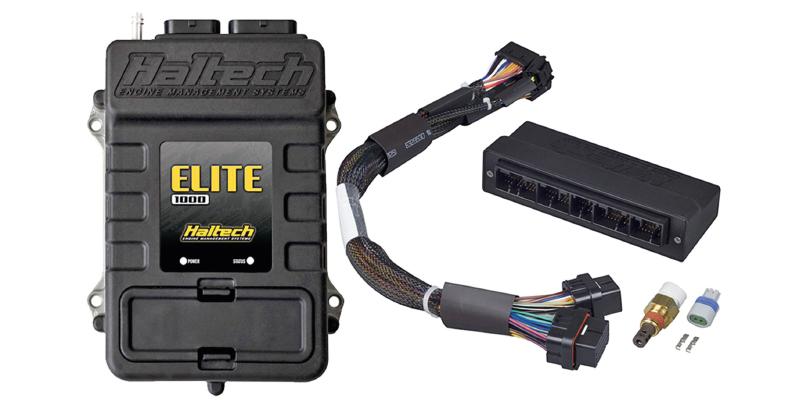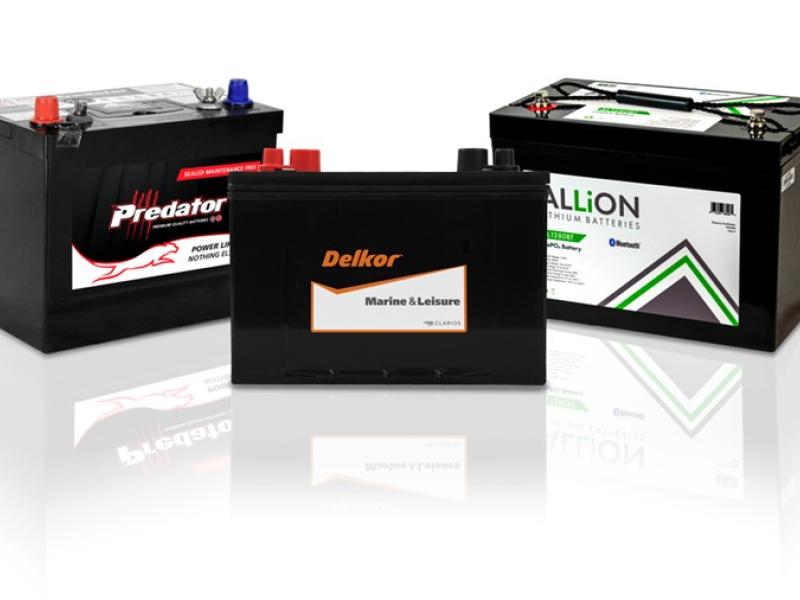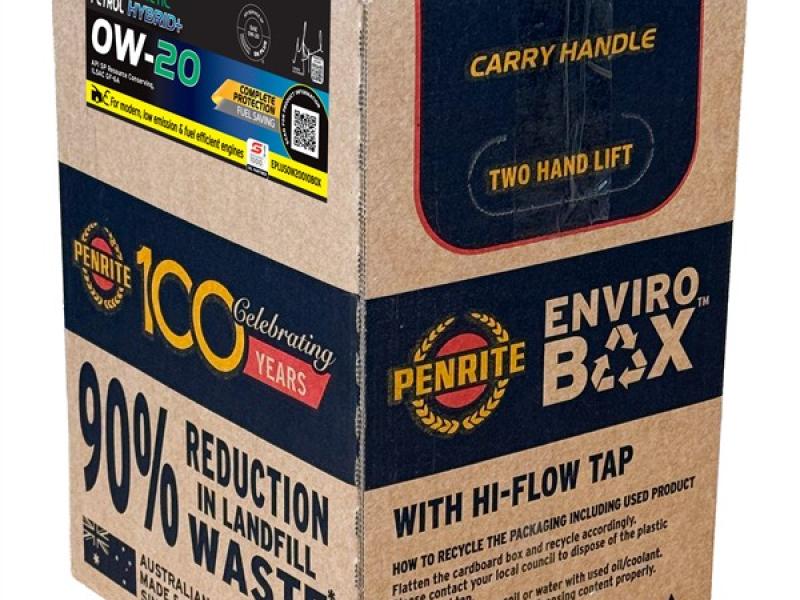Upgrading an engine used to be more like building a shopping list of what you could afford – dual carbs, extractors, upgraded camshaft, cylinder head and the list went on, these are all still viable approaches (well maybe not twin carbs unless it is a classic!) but the first note in the tuners song sheet these days is an engine management upgrade.
This can take many forms, the simplest is an aftermarket plug in system, generally this fits in the wiring harness and either bypasses the engine manufacturers ECU or alters some of the signals to it. This is pretty much plug and play affair with no additional work required, the units manufacturer has done the hard yards around tuning the settings. As with the original system it is a specific tune for the model rather than custom for the owner, usage and car. If the car has had additional modifications (maybe the afore mentioned extractors or upgraded camshaft) the mapping won’t be optimised.
The next alternative is a reflash of the existing ECU or a piggy back chip if the original cannot be reflashed, this involves downloading the existing chip data for a baseline and then tweaking values using a dyno to optimise the mapping for the owners desired results be they fuel consumption, power, torque or flexibility. This could result in quite different mappings for someone wanting to do towing Vs someone looking for outright performance even with the same engine.
Going a step further is the use of a complete aftermarket engine management system which replaces the standard system and allows a greater range of tuning and often the addition of additional features such as electric fan control, anti-lag, launch control and even pit speed limiters for motorsport use, these are systems such as LinkECU, Motec and Haltech. There is more work setting these up as they can start with a fairly basic mapping for the vehicle rather than the more detailed original car manufacturer settings, but allow much more adjustment.
Which approach works best will depend largely on what the customer wants or needs (or can afford). We have had a vehicle fitted with an aftermarket plug in system on a near new standard diesel SUV, really simple – literally a few minutes work and could be disconnected just as quickly when the vehicle is sold, the improvement was noticeable and measurable against a stop watch. We also installed and watched the tuning set up for a LinkECU system on a much-modified Range Rover (Project ReArrange for our sister publication NZ4WD). The engine had been extensively modified including a stroker crank and bigger bores (4.1-litre vs the original 3.5), extractors and a mild cam added and a cold air (snorkel) intake all of which meant the standard ECU was definitely not optimum. The LinkECU also allowed for closed loop control with the addition of an oxygen sensor in the exhaust system as an added advantage and could control the electric fans. It was pretty much a full day’s work to do the set-up (including installing the oxygen sensor) but again a good result.






